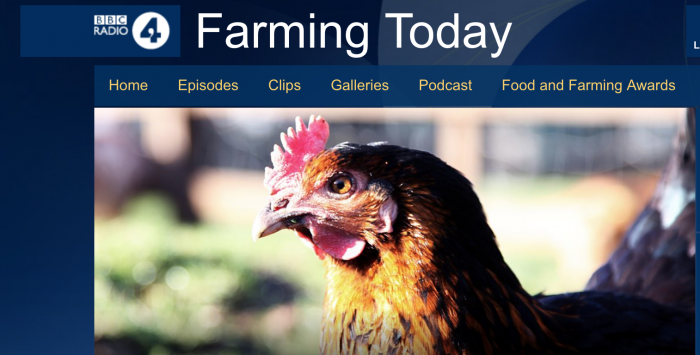NPA senior policy advisor Georgina Crayford has explained why CO2 stunning currently represents the best option available for the pig sector.
Dr Crayford was interviewed on Radio 4’s Farming Today Programme this week about the subject, which hit the headlines recently because of the national CO2 shortage.
She was responding to calls by the RSPCA and Compassion in World Farming (CIWF) for the practice to be outlawed by 2024. They say CO2 stunning causes pain and panic to pigs and claim shoppers have no way of knowing their pork comes from gassed pigs.
You can listen to the interview here from about 10 minutes
Georgina stressed that CO2 is a legally permitted method of stunning pigs before slaughter and currently ‘the best available practice’. “At the moment, there is no real alternative other than electrical stunning, which is also used in many abattoirs. There is no alternative to CO2 stunning that would be commercially viable,” she said.
Asked whether consumers should be made more aware of the practice, she added: “I know some have called it to be put on the label, but our feeling is that there is already too much information on food labels and it can be confusing to consumers. I think for those that are interested there is plenty of information out there.”
She said the NPA recognised that ‘CO2 is aversive and pigs try to avoid the gas’. But guidance from the Humane Slaughter Association says that CO2 also has a direct anaesthetic effect, resulting in loss of consciousness more quickly than some other gas mixtures.
Dr Crayford also highlighted ongoing research into alternative methods, including a project funded by Defra and the HSA into a method know as LAPS – low atmospheric pressure stunning.
“This stuns the animal by reducing the atmospheric pressure and the amount of oxygen available for the animal to breathe. Military pilots who have experienced it when they go to high altitude have reported that this experience is not unpleasant, so it does represent a promising alternative method,” she said.




